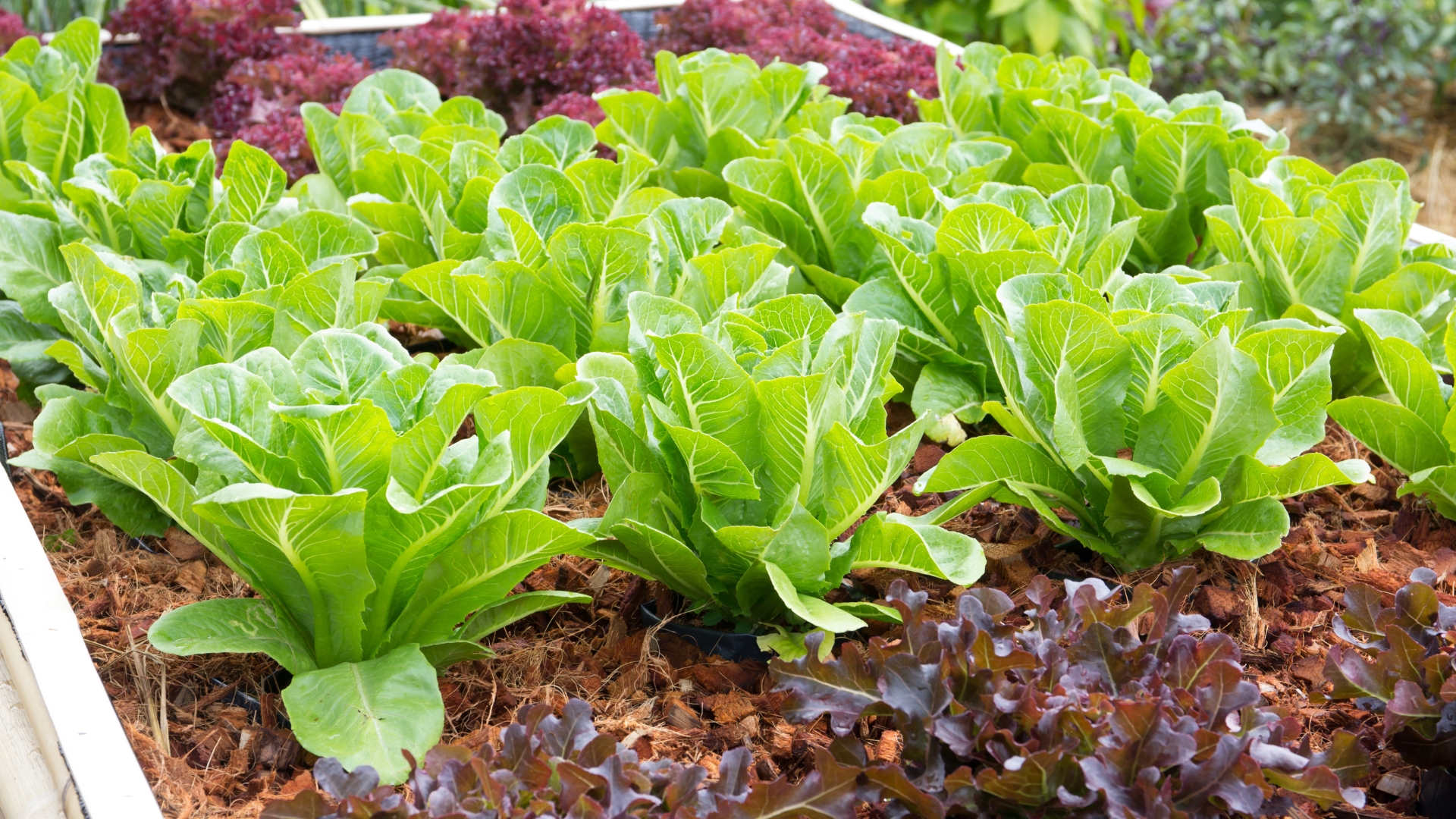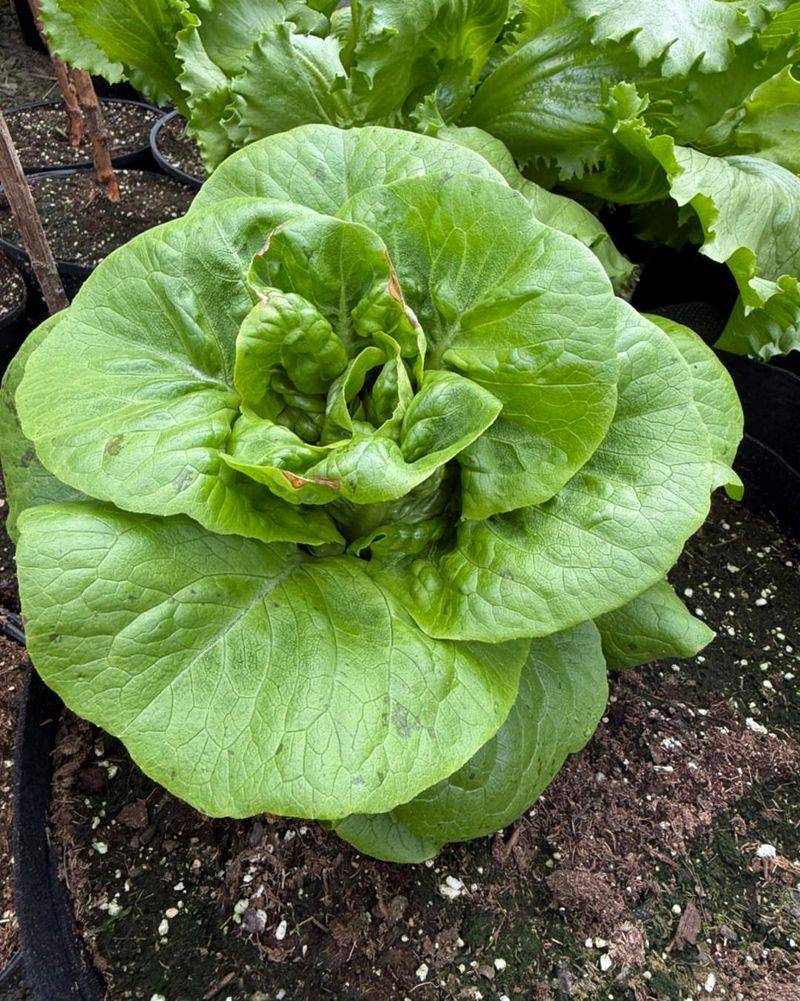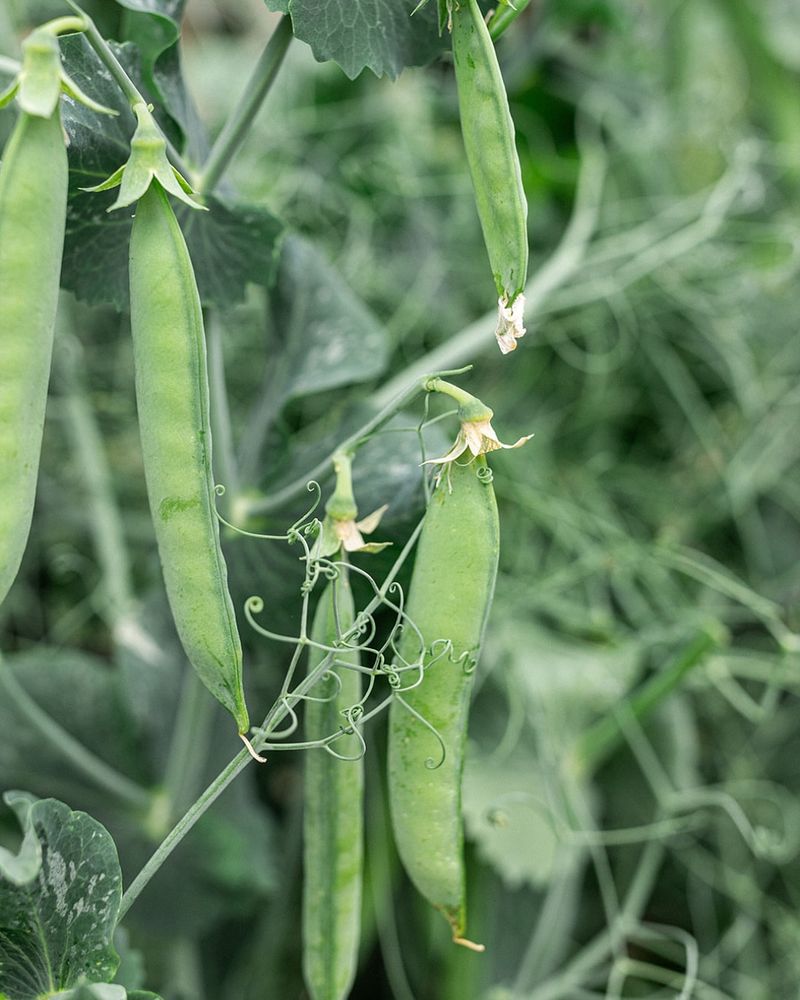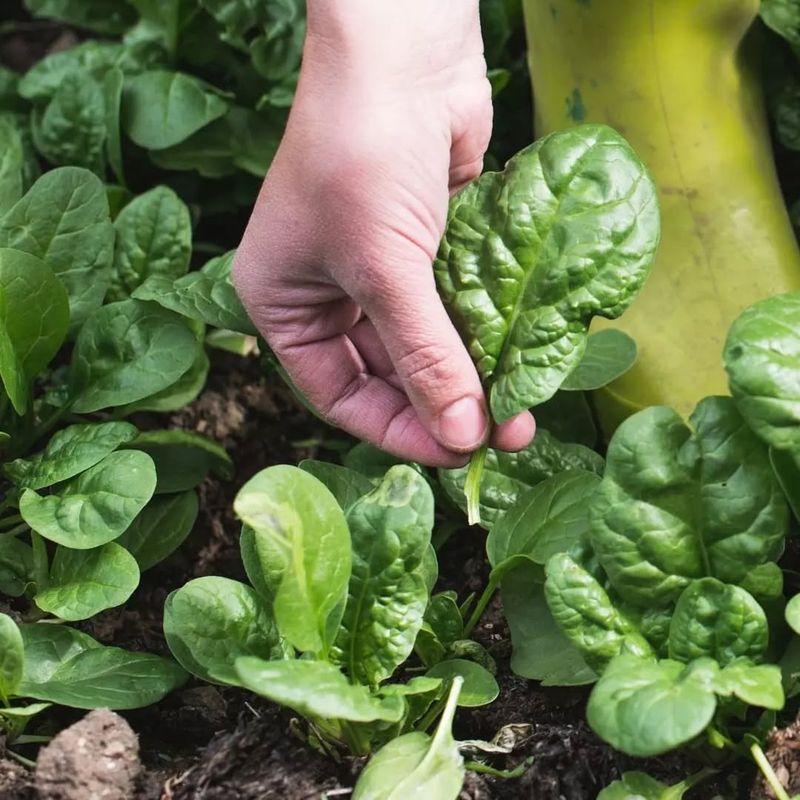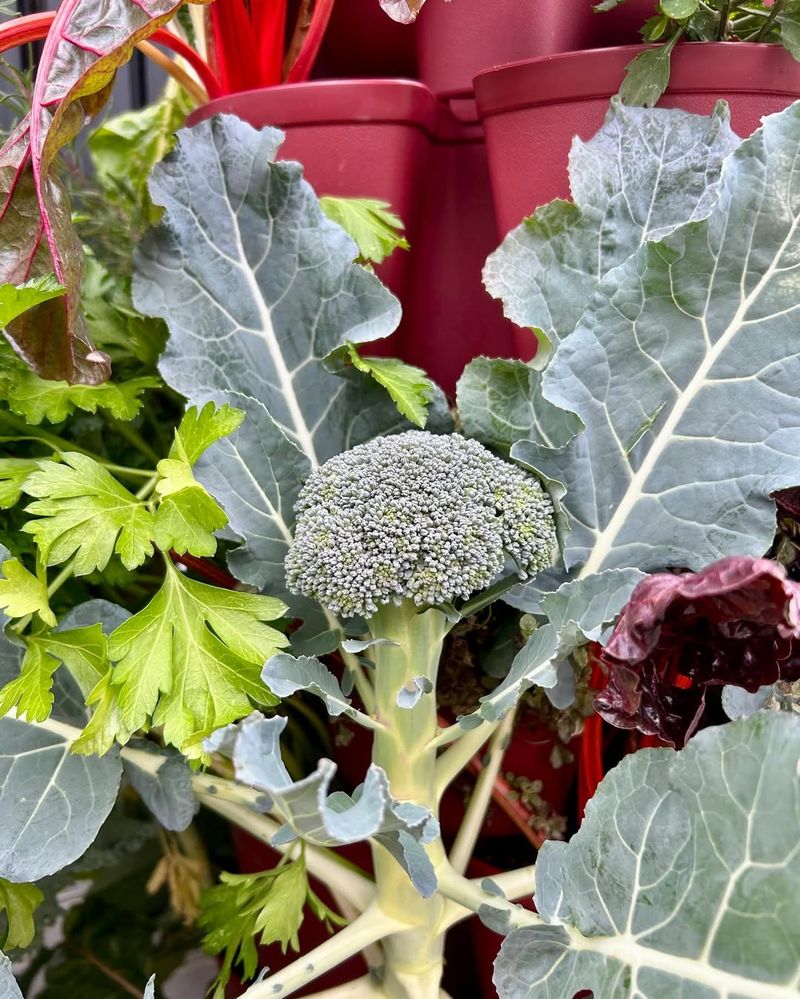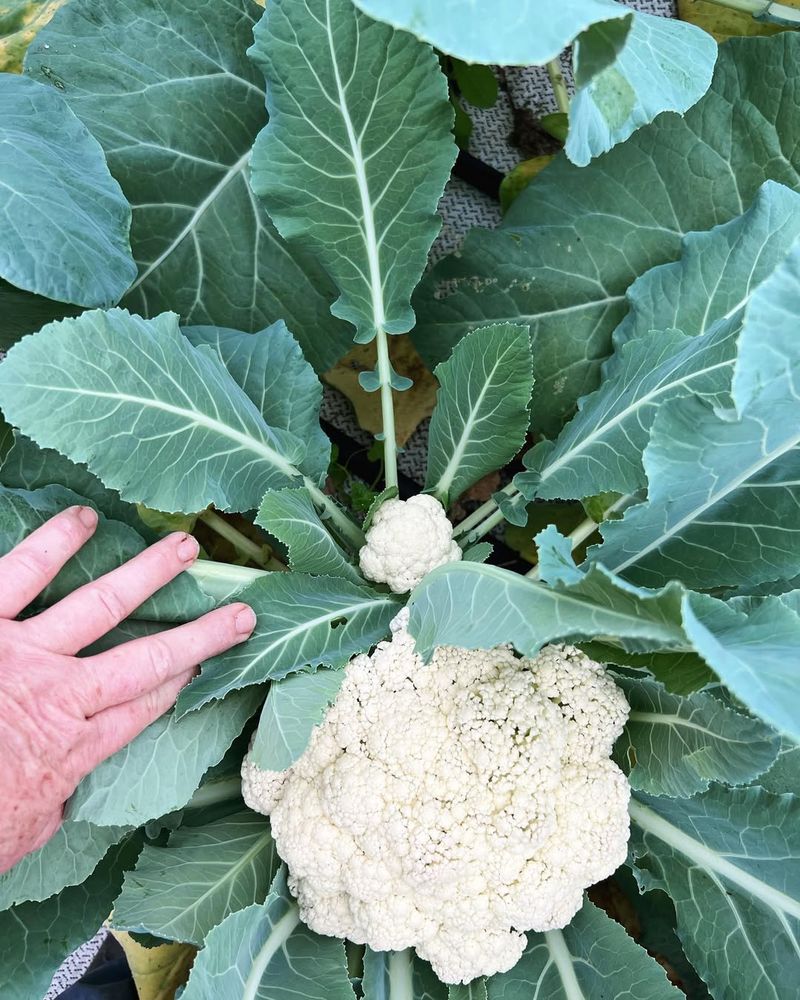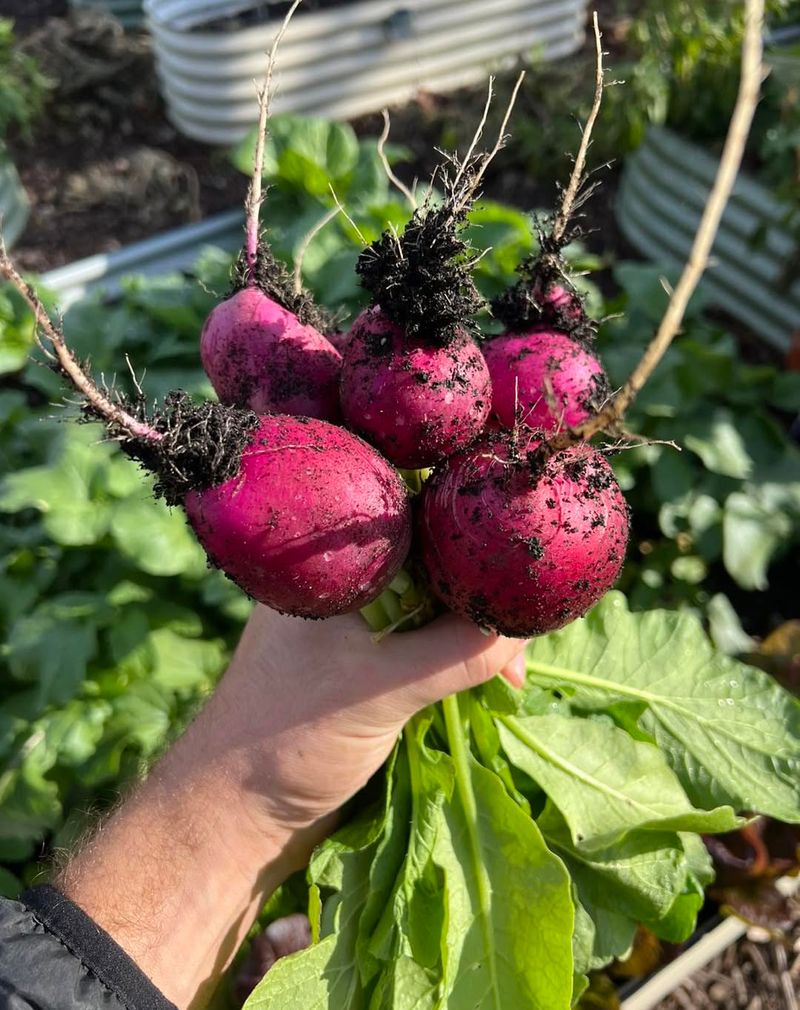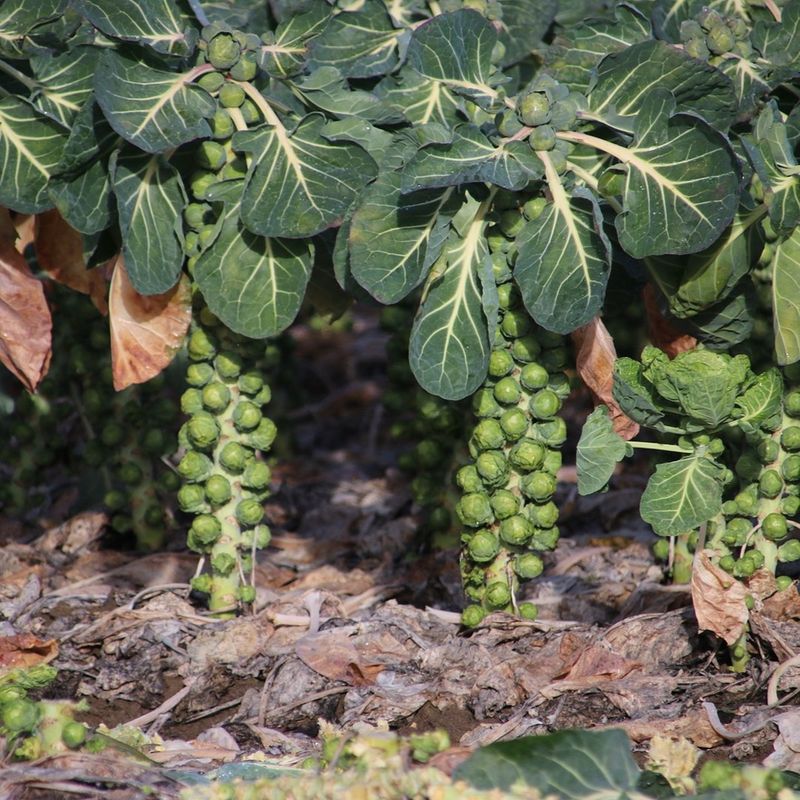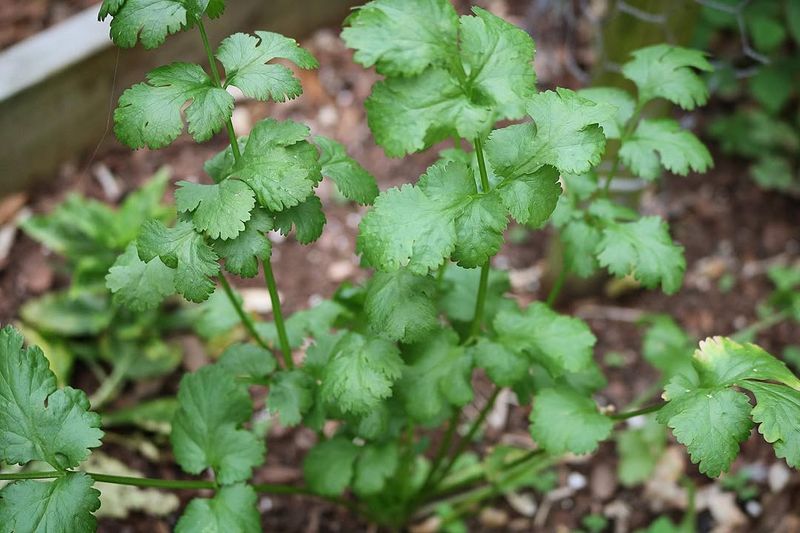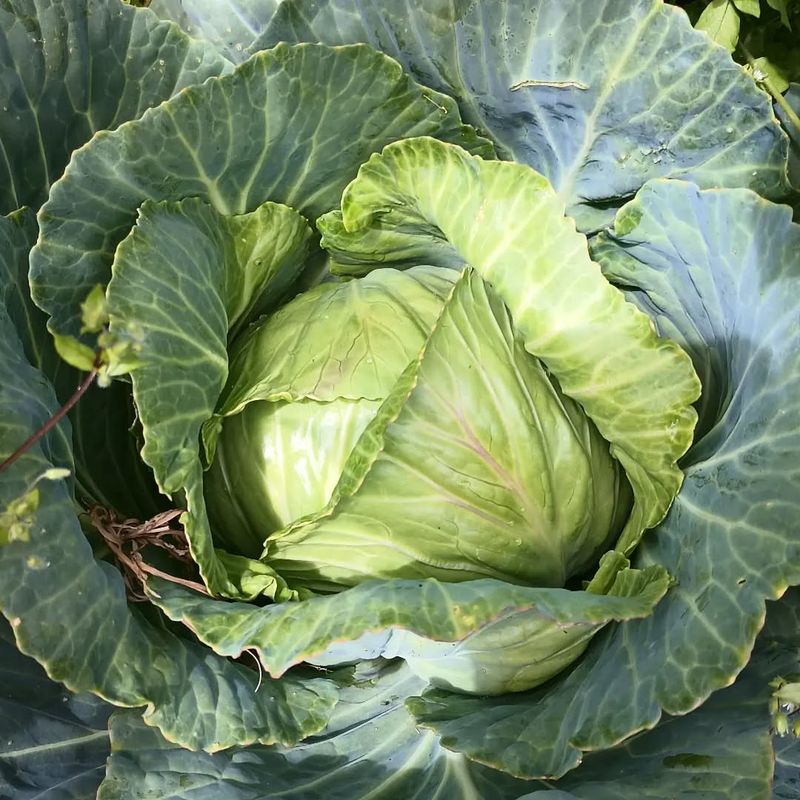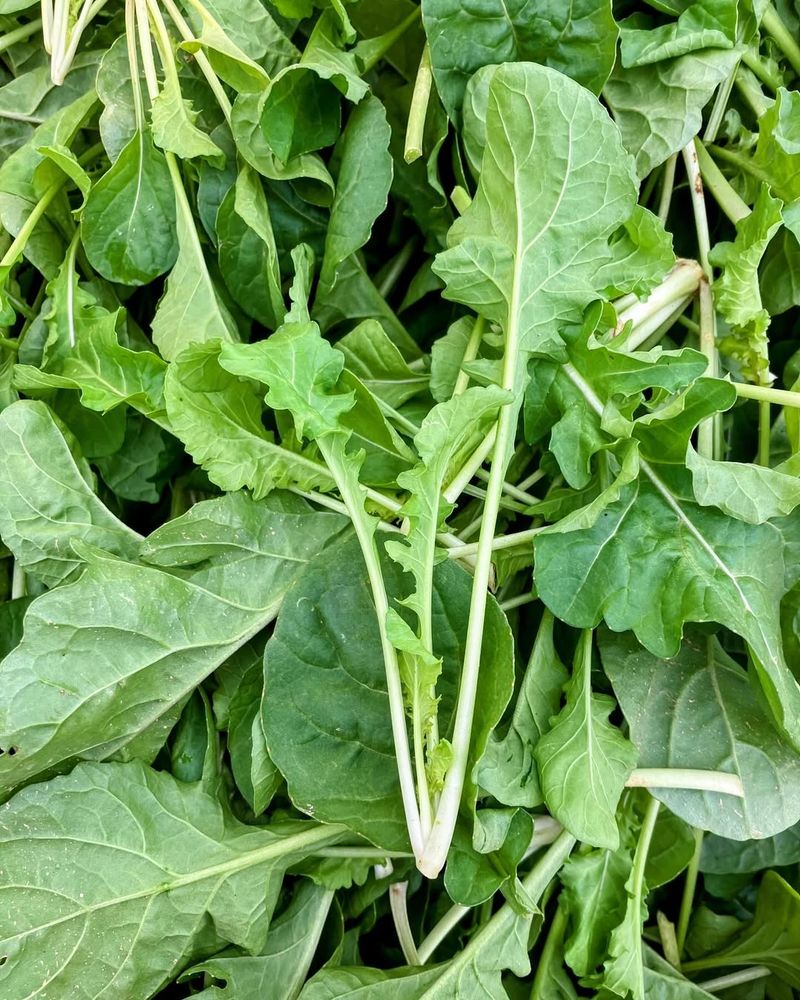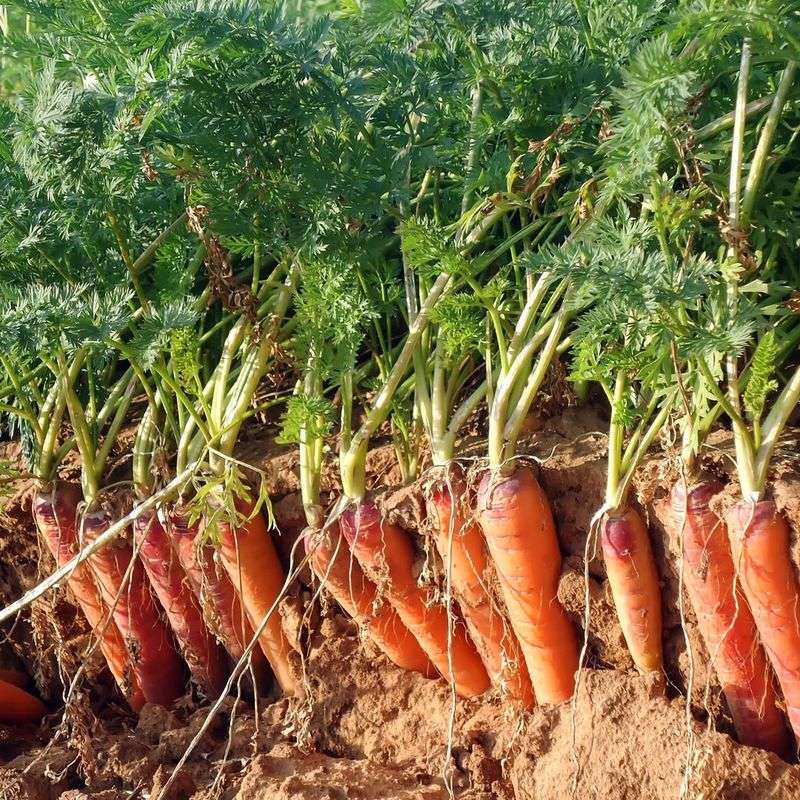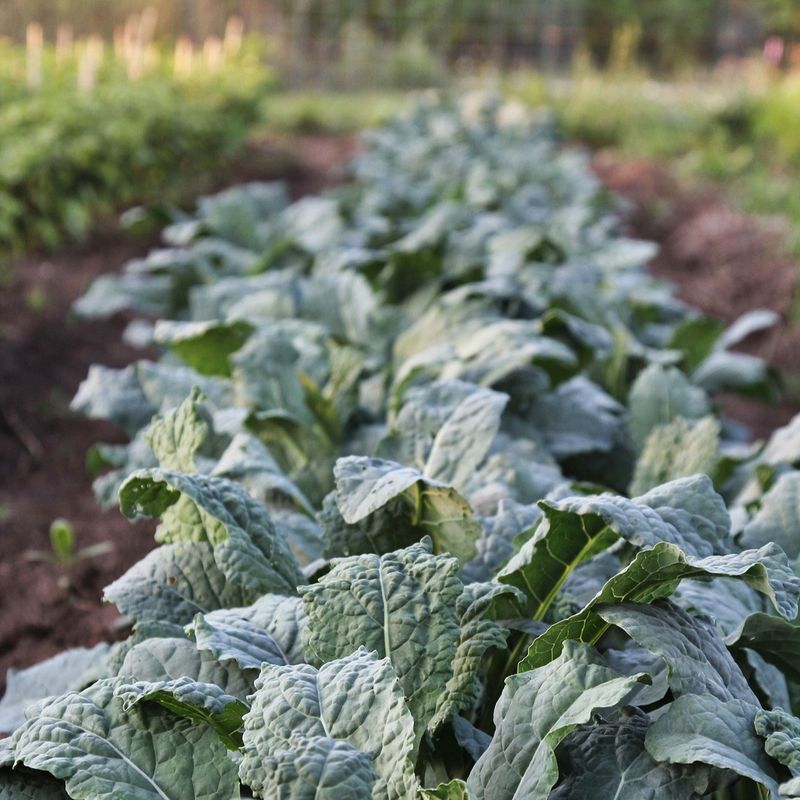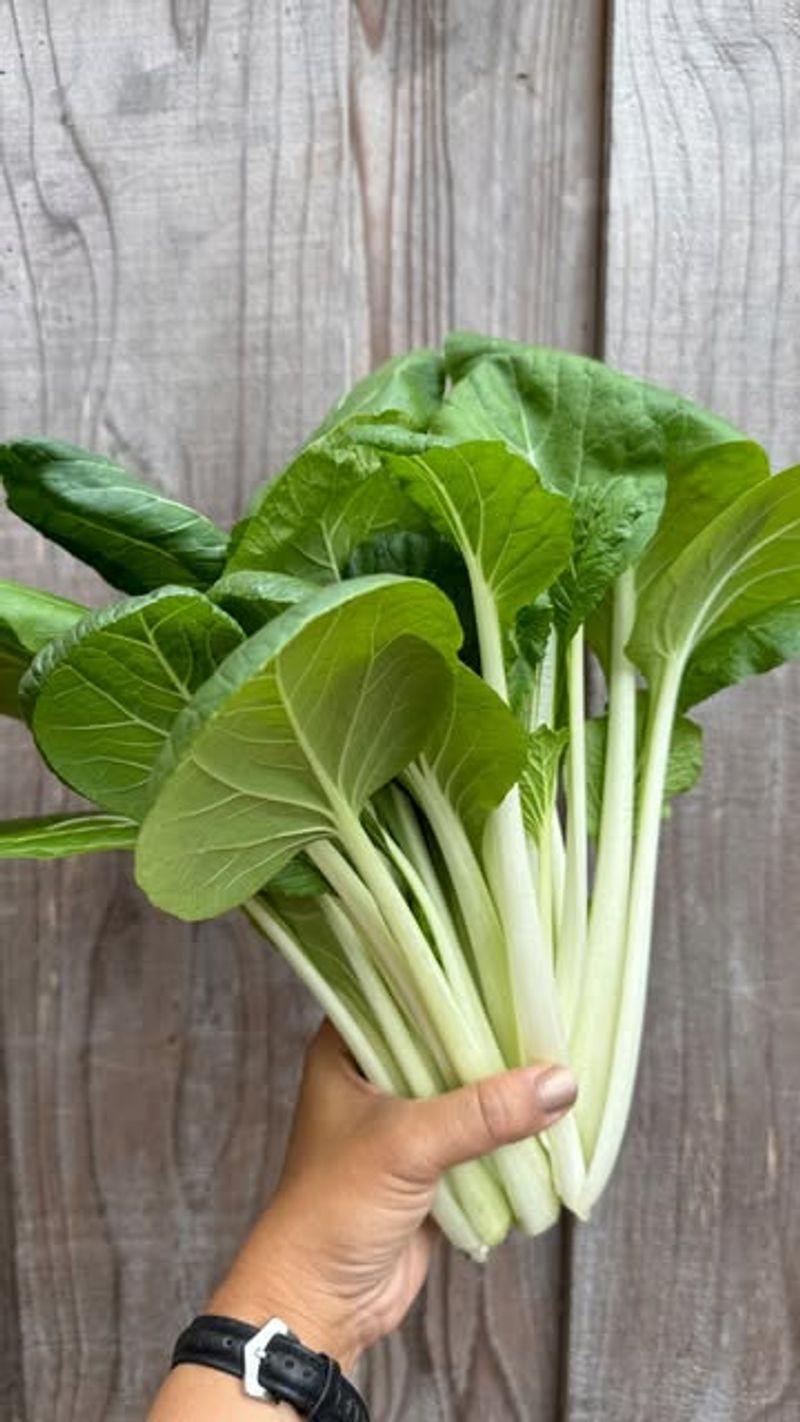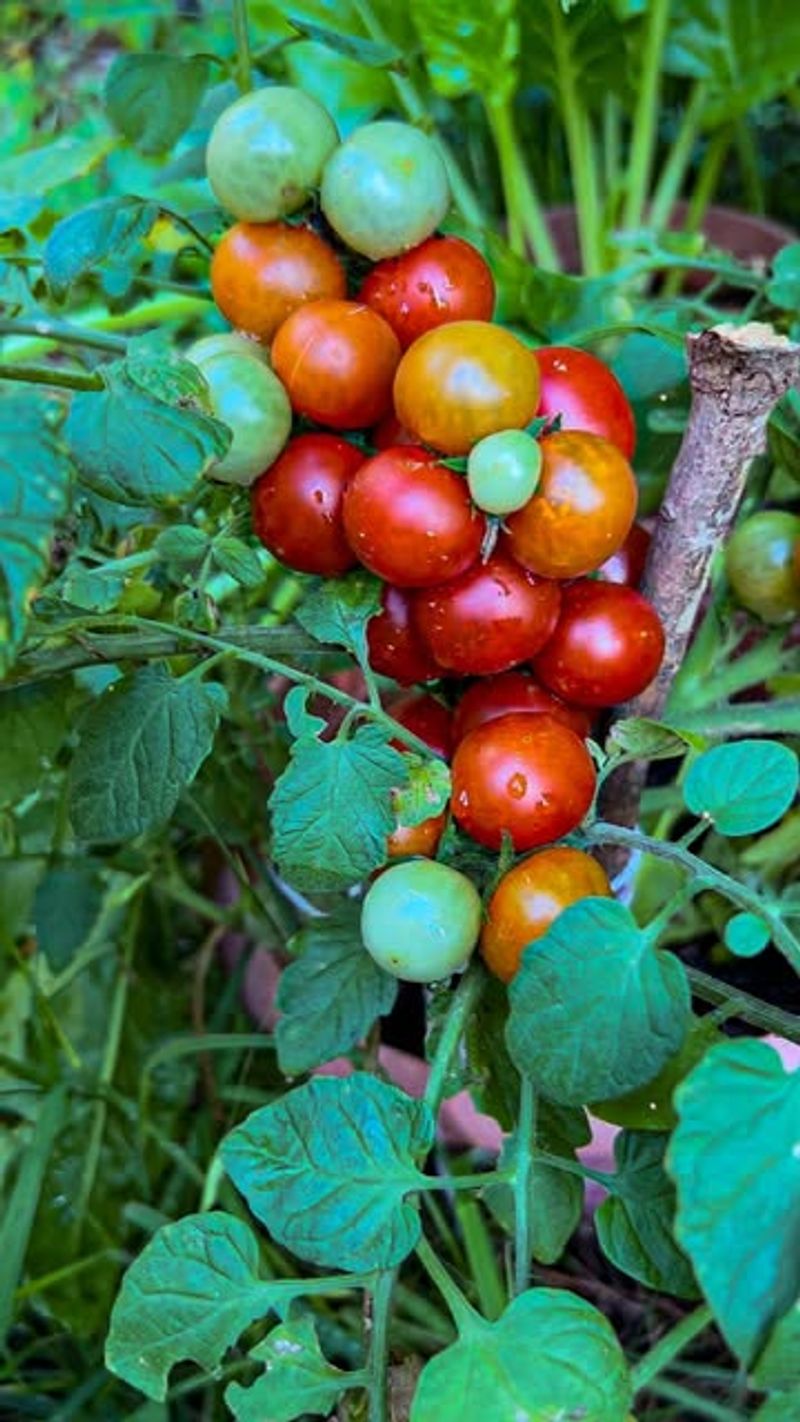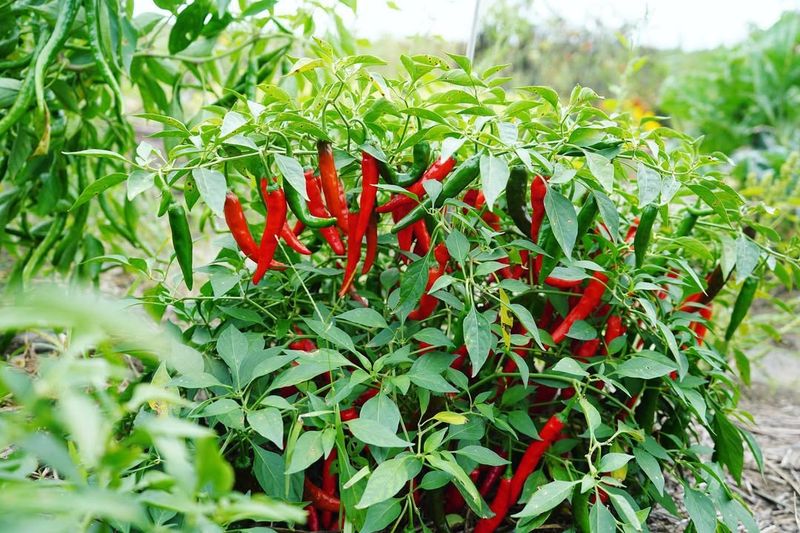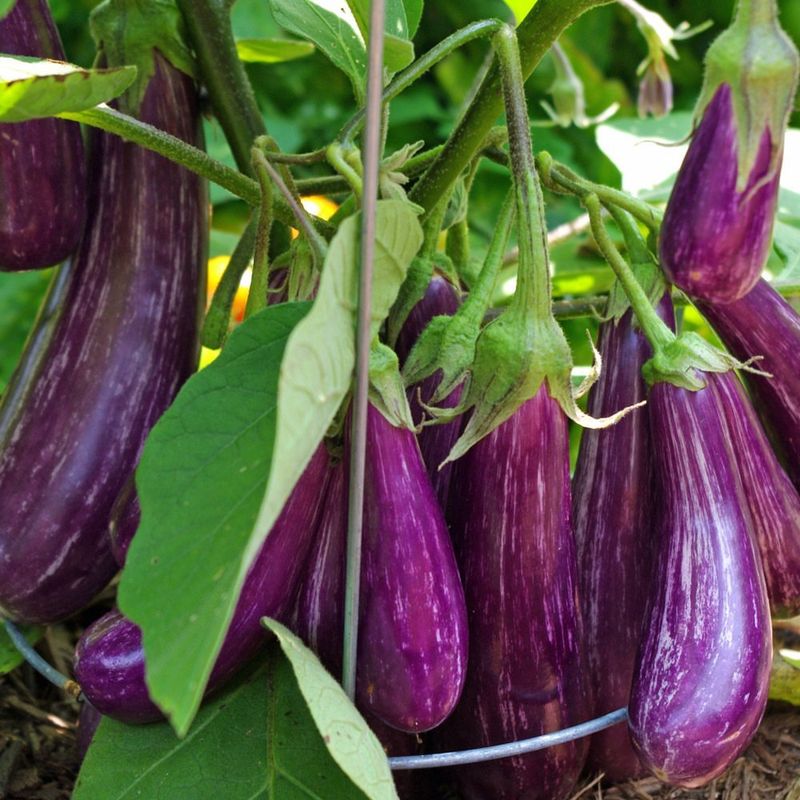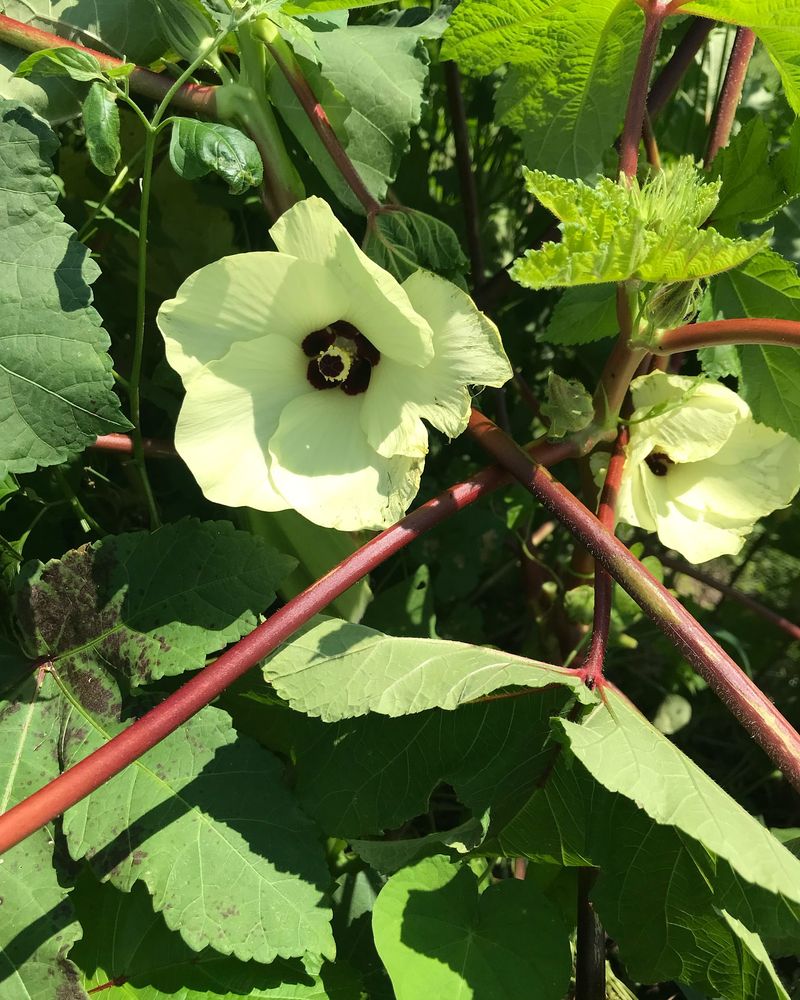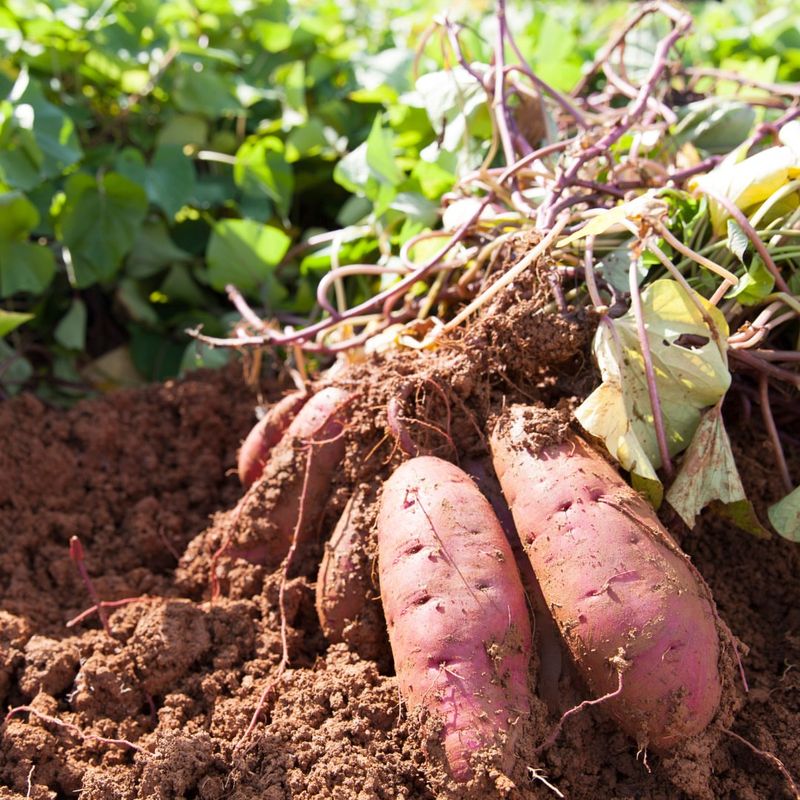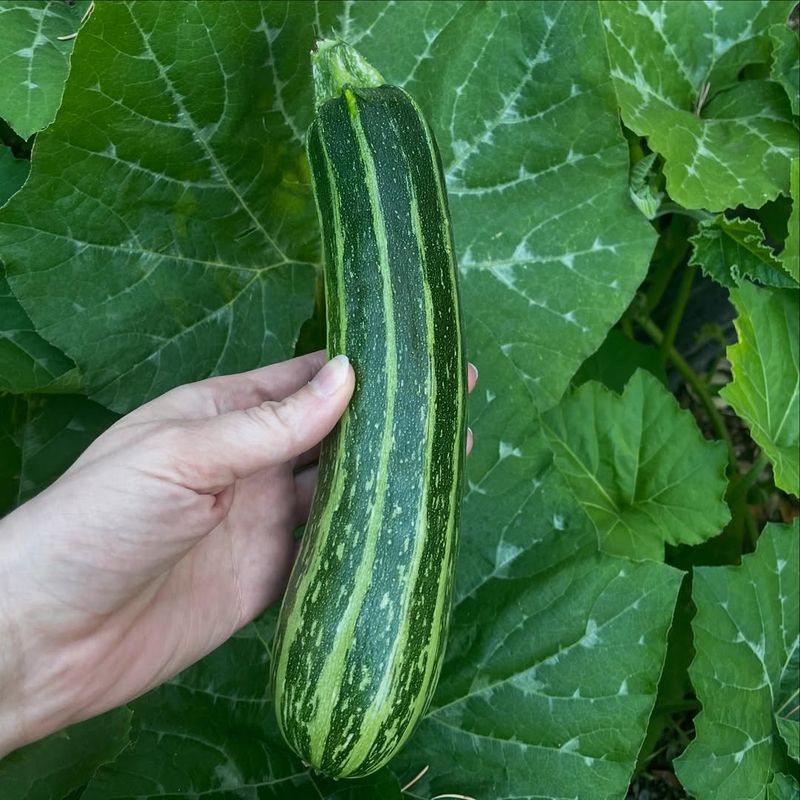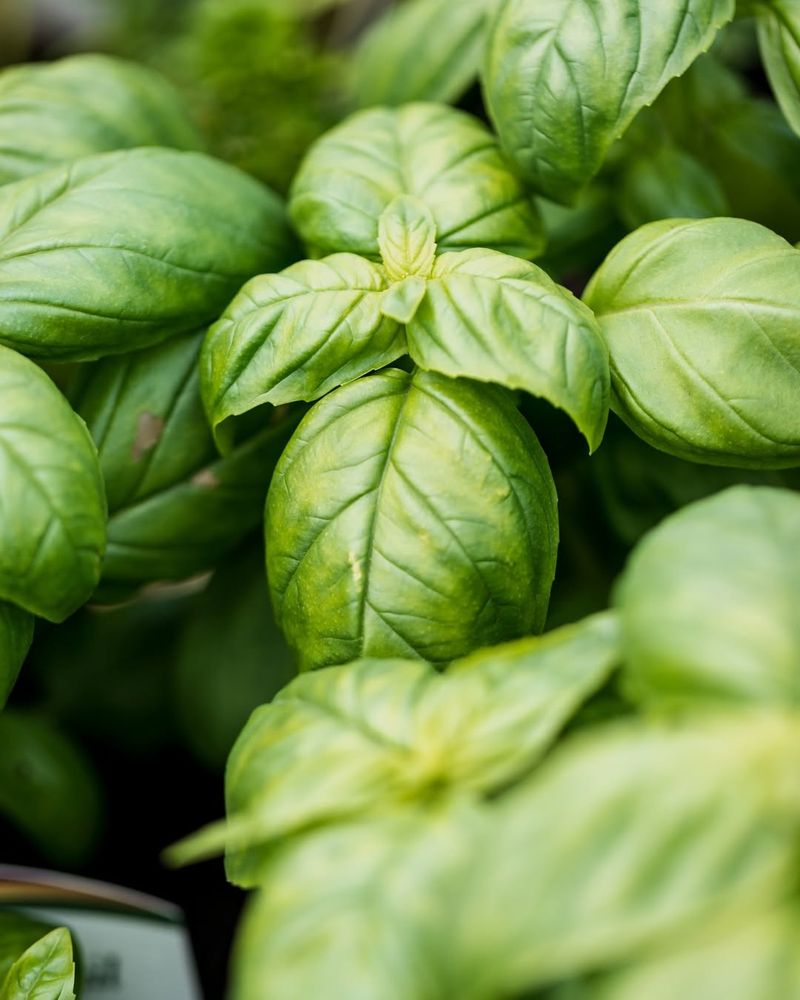Summer gardening can feel like a balancing act—plant too much of the wrong stuff, and you’re left with wilted hopes and crispy leaves. I’ve learned the hard way that some plants just don’t love the summer heat and struggle to thrive when the sun is at its fiercest.
But don’t worry, swapping them out for the right choices makes all the difference. With a little planning, your summer garden can stay lush and lively all season long.
Here are 13 plants to skip in the heat and some better picks to keep things growing strong.
1. Lettuce
Heat causes lettuce to bolt quickly, turning the leaves bitter and inedible. When temperatures climb above 75°F, these leafy greens become stressed and start focusing on producing seeds rather than tasty leaves.
Save your lettuce-growing efforts for spring or fall when cooler temperatures prevail. If you’re determined to grow summer greens, consider heat-tolerant alternatives like New Zealand spinach or Swiss chard instead.
2. Peas
These cool-weather crops simply can’t handle summer’s intensity. Pea plants wilt dramatically when temperatures consistently exceed 75°F, and their production drops significantly even if they survive.
The delicate vines become susceptible to powdery mildew and other diseases during humid summer conditions. Plant peas in early spring or late fall instead, when they’ll reward you with sweet, tender pods without the summer struggle.
3. Spinach
Summer’s long days and high temperatures trigger spinach to bolt almost overnight. Once this happens, the formerly sweet leaves develop an unpleasantly bitter taste that ruins their culinary appeal.
The plant’s energy shifts from leaf production to flowering, making your harvest virtually worthless. Wait until temperatures cool in fall to plant this nutritious green, or try heat-tolerant alternatives like Malabar spinach during summer months.
4. Broccoli
High temperatures cause broccoli to form loose, irregular heads instead of the tight, compact ones we desire. The heat stress makes the plant rush through its growing cycle, often leading to bitter-tasting florets or premature flowering.
Summer-grown broccoli also attracts more pests like cabbage worms and aphids. Save your broccoli seeds for fall planting when cooler temperatures will help develop those perfect, sweet heads.
5. Cauliflower
Even more heat-sensitive than its cousin broccoli, cauliflower simply refuses to form proper heads during hot weather. The plants become stressed and either produce tiny, button-sized heads or skip heading altogether and go straight to flowering.
Summer-grown cauliflower often develops an off-flavor and discoloration. This finicky vegetable performs best when temperatures stay between 60-70°F, making it ideal for spring or fall gardens.
6. Radishes
These quick-growing root vegetables turn pithy and excessively spicy when grown in summer heat. Instead of forming crisp, juicy roots, they often become woody and practically inedible, with a flavor too sharp for most palates.
Hot weather also causes radishes to bolt before the roots fully develop. Plant these snappy vegetables in early spring or fall when they’ll develop their characteristic crisp texture and pleasant peppery bite without the extreme heat response.
7. Brussels Sprouts
Summer-planted Brussels sprouts rarely form the tight, flavorful buds that make this vegetable worth growing. The intense heat causes loose formation and often bitter flavors in the sprouts that do develop.
These plants need a long, cool growing season to reach their potential. Plant Brussels sprouts in late summer for a fall or early winter harvest, when cooler temperatures will sweeten their flavor and improve their texture.
8. Cilantro
Nothing bolts faster than cilantro on a hot summer day! This herb races from leafy to flowering in what seems like hours when temperatures climb above 80°F, leaving you with scraggly plants and few usable leaves.
The distinctive flavor profile changes dramatically once bolting begins. Save cilantro for cooler seasons, or try growing slower-bolting varieties like ‘Slow Bolt’ or ‘Santo’ if you must have summer cilantro.
9. Cabbage
Summer heat prevents cabbage heads from forming properly, resulting in loose, small heads that lack the density and flavor of cool-weather cabbage. High temperatures also make cabbage more susceptible to splitting and developing bitter flavors.
The cabbage family attracts numerous pests during summer months, including cabbage loopers and aphids. Plant cabbage as a fall crop instead, when cooling temperatures support proper head formation and fewer pests are active.
10. Arugula
The peppery bite of arugula turns unpleasantly bitter and overpowering when grown in summer heat. These greens bolt almost immediately in hot weather, sending up flower stalks instead of producing the tender leaves prized in salads.
Summer-grown arugula also tends to develop tougher texture and more pronounced hairiness on the leaves. Save your arugula seeds for spring or fall planting when cooler temperatures will produce those perfectly peppery, tender greens.
11. Carrots
Summer-sown carrots often develop fibrous, woody textures and lack the sweet flavor that makes them garden favorites. The heat causes them to grow too quickly, resulting in splitting and bitter flavors that disappoint at harvest time.
Hot soil temperatures also make germination spotty and unreliable. Plant carrots in early spring or late summer instead, when cooler soil temperatures support slow, steady growth that develops sweet flavor and perfect texture.
12. Kale
Though tougher than other greens, kale struggles in intense summer heat, producing smaller, tougher leaves with an intensified bitterness. The plants become magnets for aphids, whiteflies, and cabbage worms during hot weather.
High temperatures cause the characteristic sweet-after-frost flavor to disappear completely. Plant kale in late summer for a fall/winter harvest instead, when cooling temperatures will sweeten the leaves and reduce pest pressure.
13. Bok Choy
Summer heat triggers immediate bolting in bok choy, causing the plants to flower before forming the succulent stems and leaves that make this vegetable worthwhile. The rush to reproduce results in bitter flavor and tough texture.
Hot weather also makes bok choy more susceptible to flea beetles that riddle the leaves with tiny holes. Save this Asian green for spring or fall planting when cooler temperatures allow proper development of its crisp stems and tender leaves.
14. Tomatoes
Despite their tropical origin, tomatoes actually thrive in summer’s warmth! These garden favorites produce their best fruit when temperatures hover between 75-85°F, making them perfect for summer planting in most regions.
Varieties like ‘Cherokee Purple,’ ‘Sun Gold,’ and ‘Roma’ deliver exceptional flavor even in heat. Just be sure to provide consistent watering and some afternoon shade in extremely hot climates to prevent blossom drop and sunscald.
15. Peppers
Summer’s heat is exactly what pepper plants crave! Both sweet and hot varieties produce their best and most abundant fruits during the hottest months when nighttime temperatures stay above 60°F.
Peppers actually develop more complex flavors and higher levels of capsaicin (what makes hot peppers hot) during intense summer heat. Varieties like jalapeños, bell peppers, and cayennes will reward summer gardeners with bumper crops of colorful, flavorful fruits.
16. Eggplant
Heat-loving eggplants hit their stride when temperatures soar, producing glossy fruits with tender flesh and few seeds. These Mediterranean natives actually sulk when temperatures drop below 70°F, making them perfect summer garden additions.
Modern varieties like ‘Fairy Tale,’ ‘Black Beauty,’ and ‘Ichiban’ are particularly heat-tolerant. Just keep the soil consistently moist and watch these purple beauties flourish when other vegetables struggle in the summer inferno.
17. Okra
When other vegetables wilt, okra thrives! This Southern favorite actually requires hot temperatures to germinate properly and produces its tender pods most abundantly when the mercury rises above 85°F.
Varieties like ‘Clemson Spineless’ and ‘Star of David’ keep producing through the hottest summer days. The beautiful hibiscus-like flowers make okra an ornamental addition to edible gardens while providing a steady harvest of tender pods for summer gumbos and stir-fries.
18. Sweet Potatoes
Summer’s heat is exactly what sweet potatoes need to develop their signature sweetness and dense, nutritious flesh. These tropical vines actually grow faster and produce larger tubers when temperatures stay consistently above 80°F.
Varieties like ‘Beauregard’ and ‘Georgia Jet’ transform summer heat into sweet, orange flesh underground. The attractive vines double as ornamental ground covers while they work their magic below the soil surface, ready for fall harvest.
19. Zucchini
Summer squashes like zucchini are aptly named for their ability to thrive during the hottest months. These productive plants grow almost explosively in summer heat, often producing more squash than gardeners can use.
Modern varieties like ‘Black Beauty’ and ‘Costata Romanesco’ maintain productivity even when temperatures climb into the 90s. Just be prepared to check plants daily during peak season, as zucchini can grow from tiny to oversized in what seems like mere hours!
20. Basil
Unlike many herbs, basil absolutely loves summer heat, producing its most flavorful leaves when temperatures stay consistently warm. This Mediterranean native develops the richest essential oils and strongest aroma during the hottest months.
Varieties like ‘Genovese,’ ‘Thai,’ and ‘Purple Ruffles’ thrive when other herbs struggle. Just keep basil well-watered and pinch flower buds promptly to maintain leaf production throughout the summer for perfect pesto and caprese salads.

